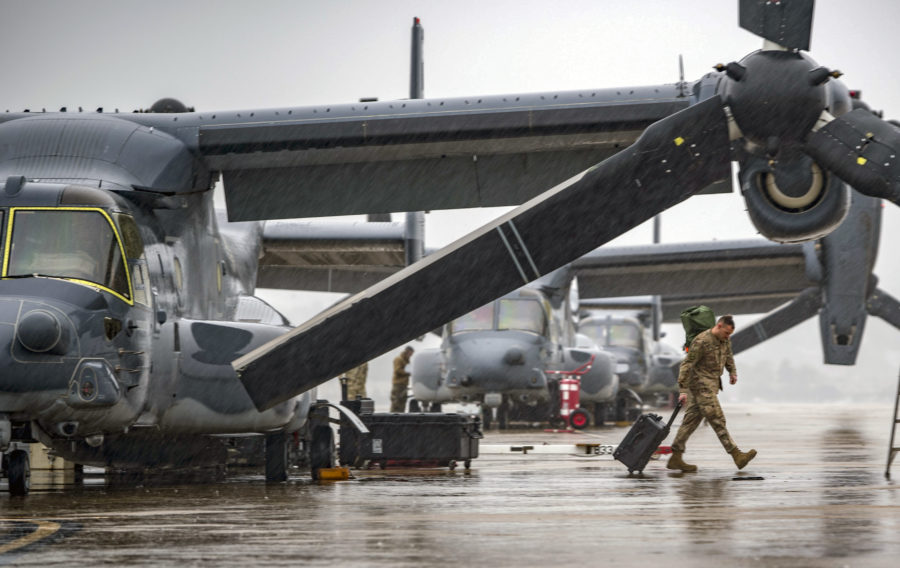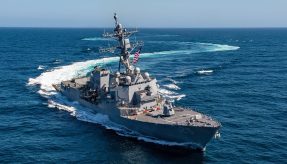
The US military’s V-22 joint program office and Raytheon are testing a new artificial intelligence tool to help better determine when repairs are needed to the multi-mode radar installed on US Air Force CV-22 Ospreys.
The capability mirrors how many commercial airlines perform fleet maintenance. For example, some commercial aircraft engine manufacturers can report the exact condition of their engines in real time, along with recommendations on where and when repairs should be conducted.
In addition to saving time and money by not doing unnecessary repairs, using AI to predict maintenance needs allows the service to move the right tools, parts and technicians where and when they’re needed.
Raytheon and the Air Force began working on this pilot program in late 2018 and will continue to test this concept in the coming years, with the intent of improving CV-22 readiness as early as 2020.
Matt Gilligan, vice president for Raytheon Intelligence, Information and Services, said: “Just like you get your car’s oil changed every 5,000 miles, whether you need to or not, the military generally repairs parts on their planes on a set schedule.
“By using the performance data we’re already collecting on CV-22 radars, an AI tool can instead tell us exactly when the radar may need to be repaired or replaced, keeping the plane in service longer and saving money.
“We’re always interested in finding new ways to integrate AI tools – especially commercial tools – into our operations. This seemed like the perfect opportunity to test out the concept of using AI for predictive maintenance, something that we’re starting to see being adopted broadly in the commercial world.”
image © US DoD
If you would like to join our community and read more articles like this then please click here.







